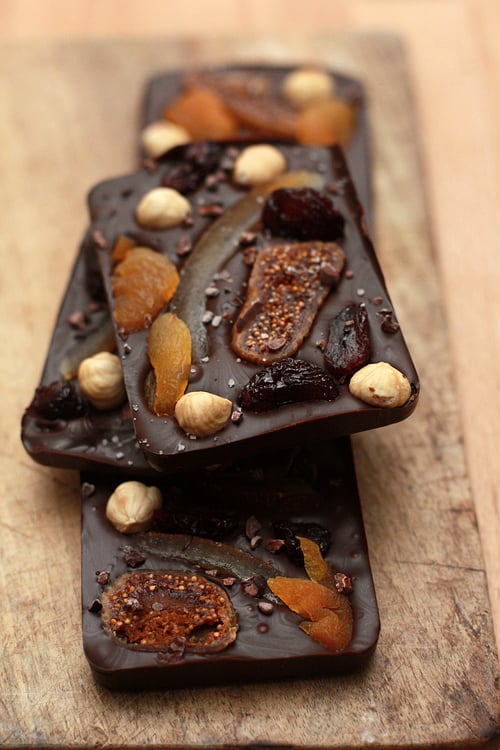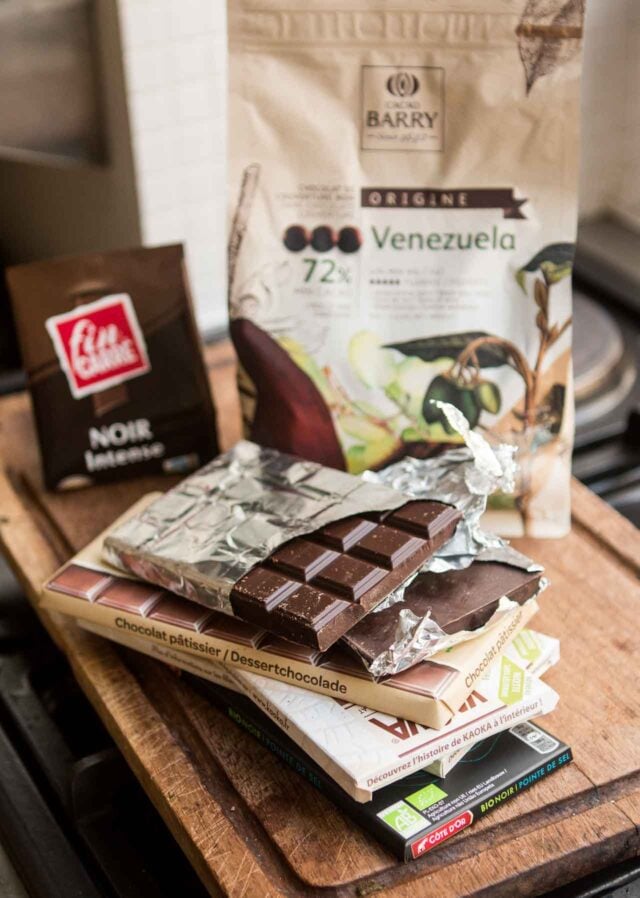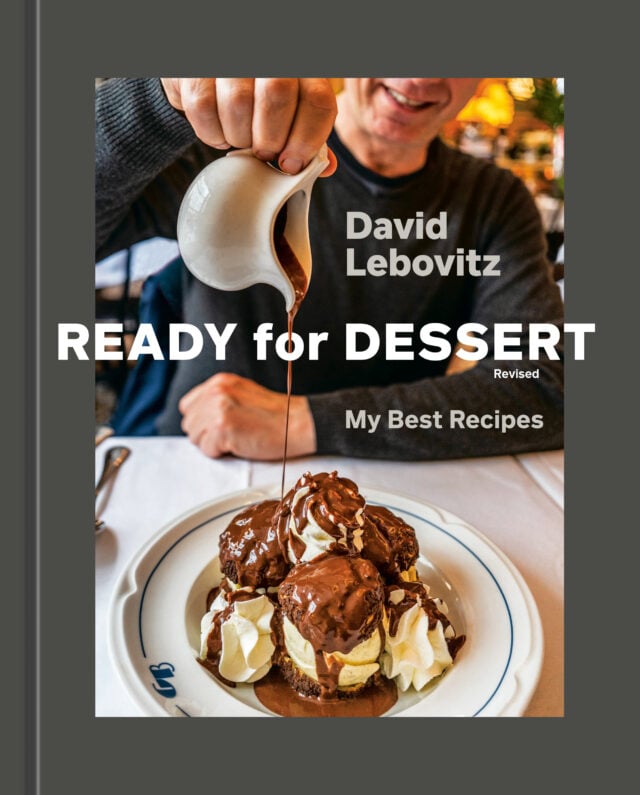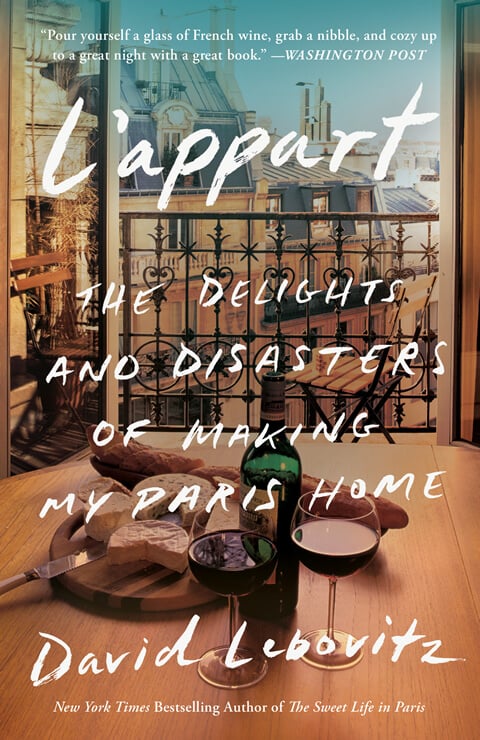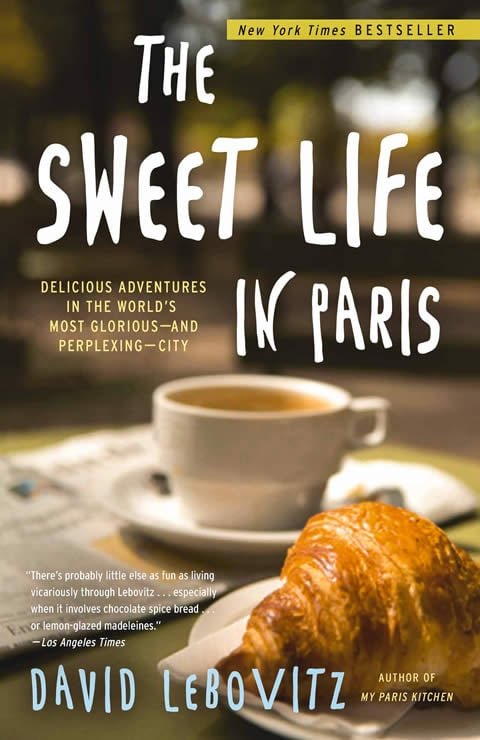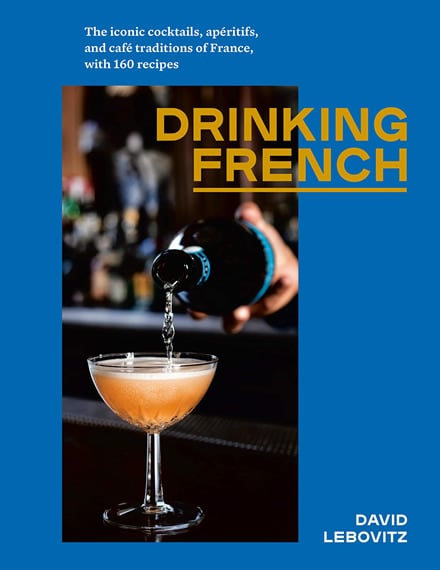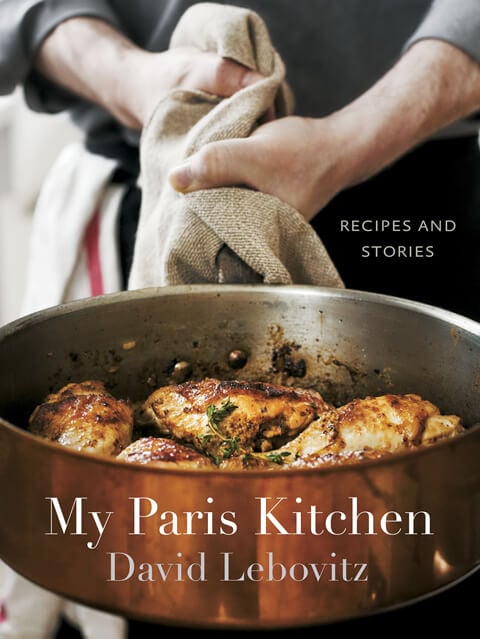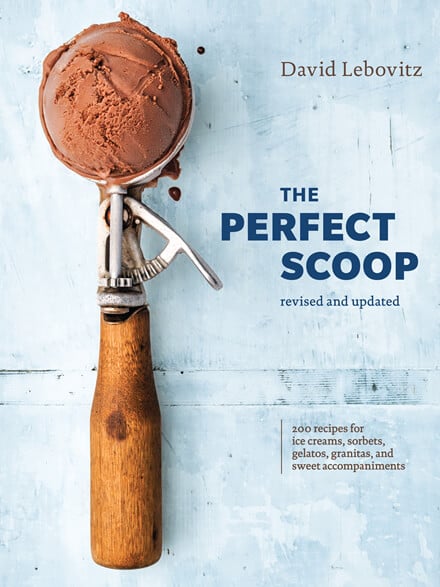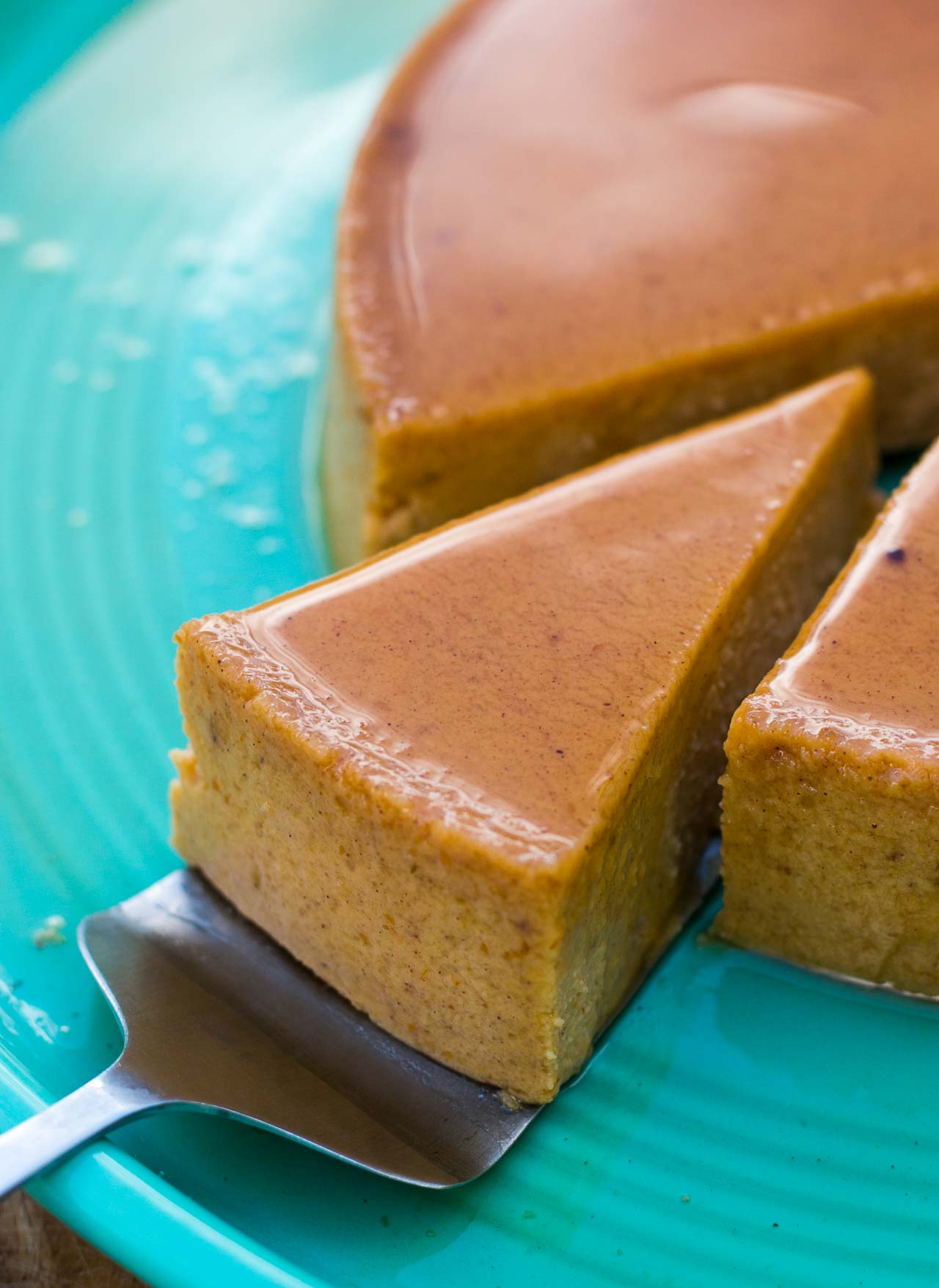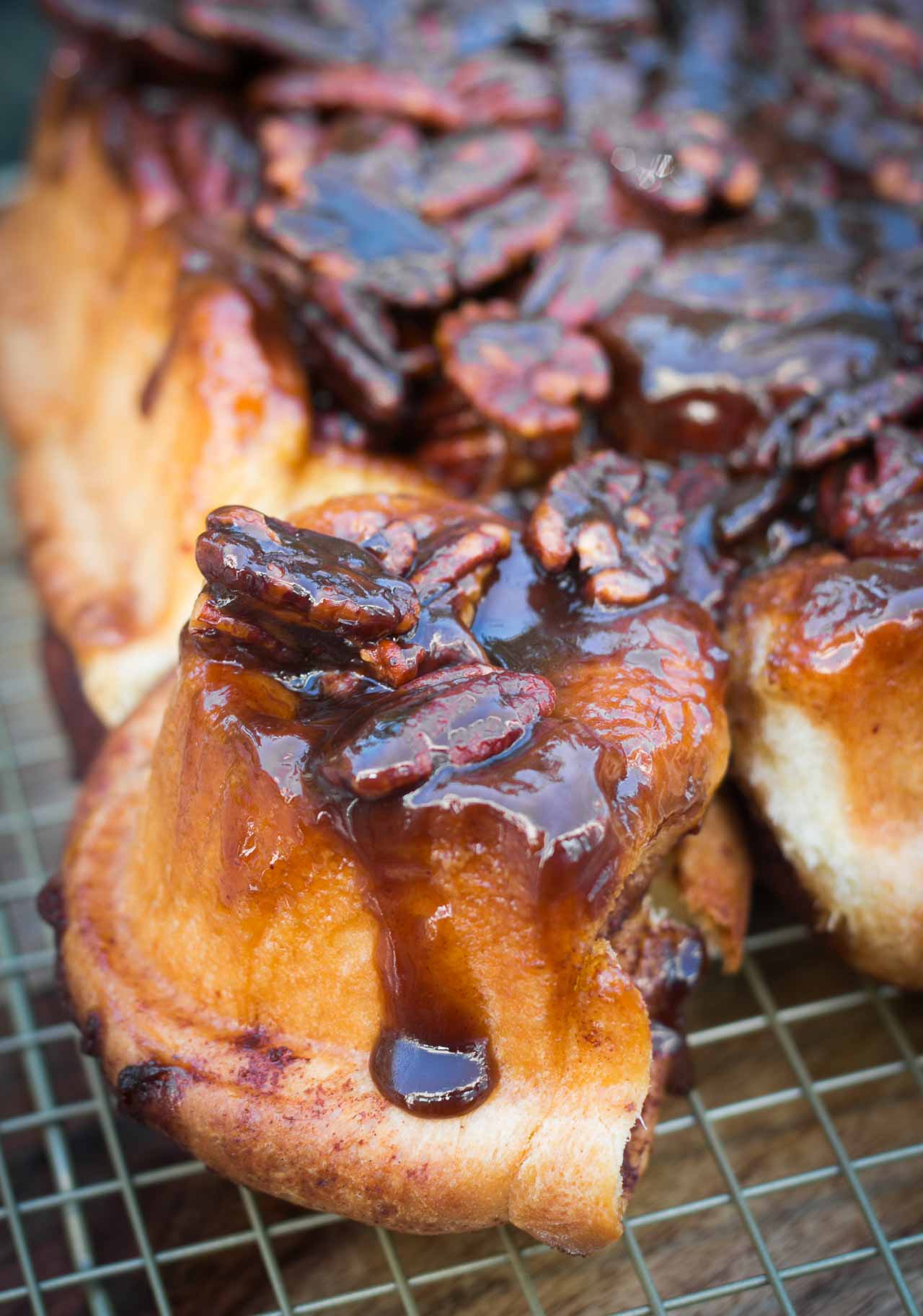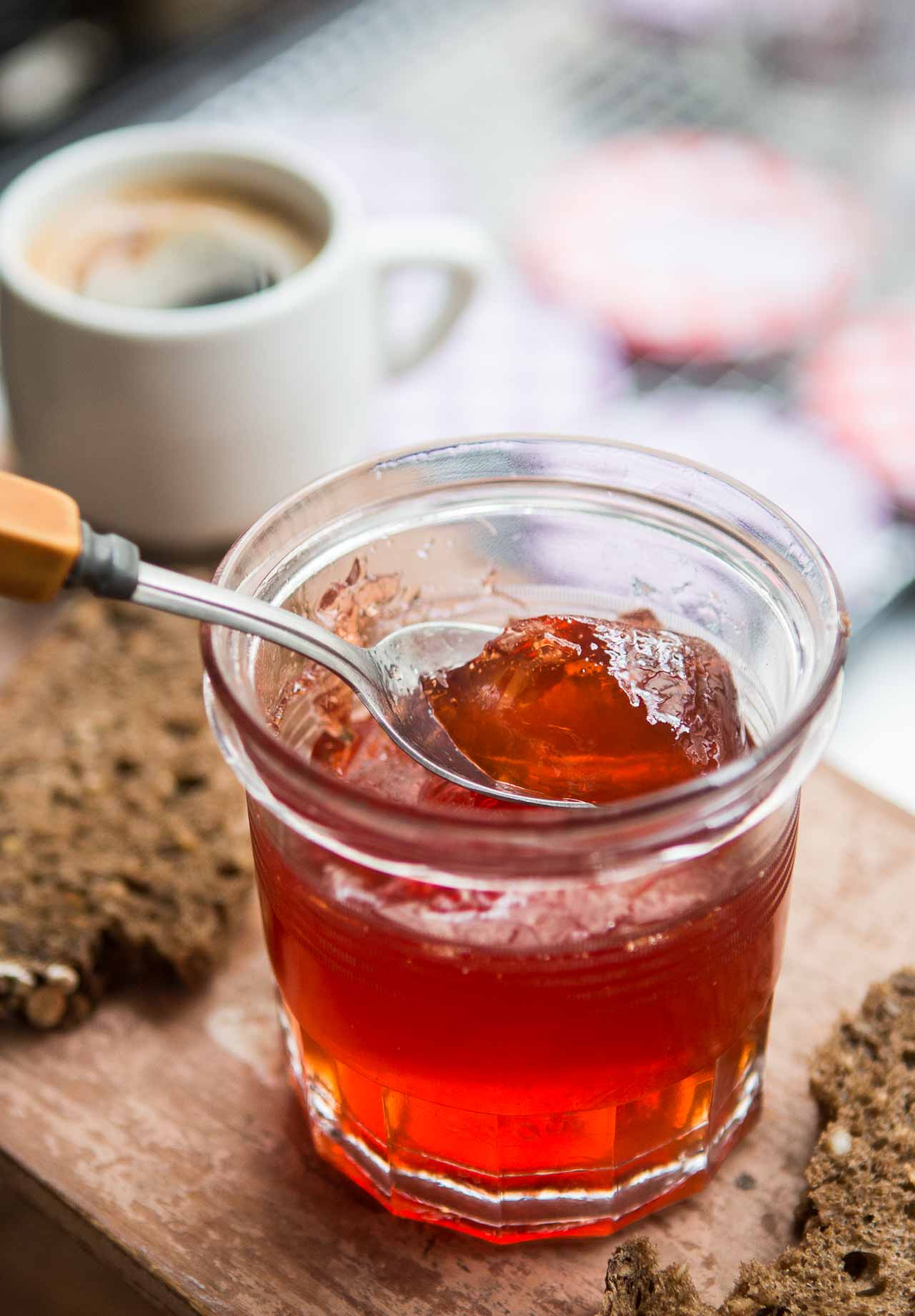Chocolate FAQs
My chocolate has gray streaks. It is okay to use?
That’s called bloom and it happens when the chocolate melts or gets warm, and then cools again without being tempered. When you buy chocolate, it is already tempered. However if it’s exposed to heat or melted, it can fall out of temper and lose its suspension. (You can read my instructions for how to temper chocolate.)
Those streaks that you see are harmless swirls of cocoa fat rising to the surface because when the chocolate was warmed, it lost its suspension (like chicken stock or vinaigrette, which separates when heated, then cooled). Similarly, if there are crystal-like formations on the surface, those indicate ‘sugar bloom’ and the chocolate is safe to use. In either case, the chocolate can be melted and used as normal. If there is green mold, or anything furry, that means the chocolate got damp. In that case, it should be tossed.
How long does chocolate last?
Contrary to what you may hear, dark chocolate lasts around five years. That’s in part due to the high amount of antioxidants, as well as the sugar, which is a preservative. Milk chocolate and white chocolate contain milk solids and should be used within a year.
What’s the difference between bittersweet and semisweet chocolate?
Technically nothing. Both chocolates must contain a minimum of 35% cacao solids by the Food and Drug Administration in the United States. Some manufacturers that make both will often call their sweeter chocolate “semisweet chocolate.” although it’s a totally arbitrary term and they can be used interchangeably in recipes.
What’s the difference between bitter and bittersweet chocolate?
Bitter chocolate contains no sugar and is often called “unsweetened” or “baking” chocolate. In some countries, it’s called 100% cacao since it’s composed only of ground-up cocoa beans, and nothing else. Because bitter chocolate has no sugar and no added fat (cocoa beans are about half fat), it is more stubborn to melt and may be slightly grainy in custard and ice cream recipes. Often that can be mitigated by whirling the mixture in an electric mixer before cooking or churning it.
There is no substitution of bittersweet and unsweetened chocolate for the other, although if you don’t have unsweetened chocolate, you can replicate it by mixing 3 tablespoons unsweetened cocoa powder with 1 tablespoon of vegetable oil or melted butter to equal 1 ounce of unsweetened (bitter) chocolate. Mix them together as a paste and you can use that for unsweetened chocolate in recipes. If you live outside the United States, unsweetened chocolate can often be found at baking supply shops. In Paris, you can buy it at G. Detou in bulk, and Lindt makes a 99% Excellence bar of chocolate that’s widely available, which can be used.
Why does chocolate and liquid melted together sometimes become grainy?
Chocolate is a suspension, which means when you add something to it and heat it, you break that suspension. When melting chocolate, make sure you have at least 1 part liquid to 4 parts chocolate. So if you have 1 ounce of water and melt it with 8 ounces of chocolate, that won’t work and you’ll end up with a seized, grainy mass. You need at least 2 ounces of liquid for 8 ounces of chocolate, or at least 1 part liquid to 4 parts chocolate by weight.
Pure oil, such as peppermint or essential oils, can be added to chocolate in any quantity since the oil doesn’t break the suspension like water or other liquids do.
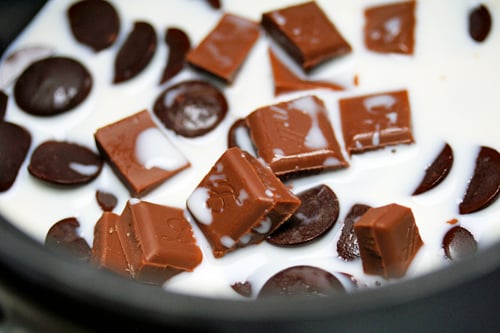
Can I Use Chocolate Chips for Melting in a Recipe?
Most commercial brands of chocolate chips are made of baking-resistant chocolate, formulated with less cocoa butter than standard chocolate so they keep their shape when heated. (Think of classic chocolate chip cookies with clearly discernible chips.) If you melt them, you’ll often end up with a sludgy, thick pool of chocolate rather than one that’s smooth.
Some recipes, however, may specifically call for melting chips and although I can’t vouch for every recipe out there, I advise people to follow the author’s advice. Also there are now many chocolate chips that are made from premium-quality chocolate, such as those from Ghiradelli, Guittard, and Scharffen Berger, which can be used for melting, as well as baking in cookies.
What is the best chocolate?
That is a tough question. Like anything edible, many things come into play. Do you like bitter chocolate? Or one that is sweeter? Do you prefer a roasted flavor? Or one that is softer, and creamier?
I tell people that the best chocolate is the one that tastes best to them. So I encourage folks to taste as many chocolates as they can, and choose one they like best.
What Country Makes the Best Chocolate?
Like the previous question, that’s very tough to say. Almost all cocoa beans are grown close to the equator, then shipped for processing, so there is nothing geographically advantageous if they’re processed in America, Belgium, France, or Switzerland. Most of the quality of the finished chocolate comes from the quality of the raw beans, their fermentation, then the roasting, grinding, and mixing at the factory.
I Should Only Bake with Top-Quality, Very Expensive Chocolate. Right?
When you melt chocolate and add it to a batter, such as for brownies or cookies, the finer points of expensive chocolate may get lost. And while those fancy chocolates may be excellent for nibbling, I’m not sure if using extremely pricey or rare chocolate is best for baking. I recommend sticking with middle-range chocolate for baking.
Similarly, many of the new high-percentage chocolate, boasting cocoa contents of 70% and above are very acid and can cause creams and ganaches to break. So I recommend following the advice in the recipe or using dark chocolate in the 35-64% range, for best results.
I Can’t Get, or Can’t Afford, Good Chocolate. Any tips?
To boost the flavor of chocolate, you can add 1 teaspoon of instant coffee powder to the recipe. The roasted flavor helps improve and highlight the flavor of the chocolate.
I also like to use chocolate extract and add a dash to recipes along with vanilla extract (or in place of) in recipes. Some of the ‘top notes’ of flavor are lost when cocoa beans are processed, and chocolate extract replaces many of them. It’s a secret used by some manufacturers, and one whiff from the bottle is enough to convince you that it’s a secret worth sharing.
Can I Use Drinking Cocoa or Ground in a Recipe That Calls for Cocoa Powder?
Nope. Both drinking cocoa and ground chocolate are formulated with sugar and sometimes other ingredients since they’re meant for beverages, not baking.
When a recipe calls for unsweetened cocoa powder, do not substitute anything else.
What’s the Difference Between Dutch-process Cocoa Powder and Natural? Can They Be Interchanged?
Dutch-process cocoa means that the beans have been acid-neutralized, which tames the flavor and makes the cocoa darker as well. Many recipes that call for baking powder call for Dutch-process cocoa. Recipes that use baking soda will often call for ‘natural’ (or non-alkalized) cocoa powder. One should not switch one for the other. If you’re unsure of whether your cocoa powder is natural or not, a look at the ingredients will reveal if there is potassium bromate or carbonate in it, an indication it’s been ‘Dutched’.
In Europe, virtually all the cocoa powder is Dutched, whereas in America, both kinds are widely available. Companies like Hershey’s, Nestlé, Ghiradelli, and Guittard make natural cocoa, and Askinosie, a bean-to-bar chocolate maker, produces a ‘natural’ cocoa powder as well. European brands like Droste and Valrhona are good-quality Dutch-process cocoa powders.
Where Can I Read More About Chocolate?
Check out my chocolate guidebook, The Great Book of Chocolate, which is packed with information and includes some of my all-time favorite chocolate recipes!
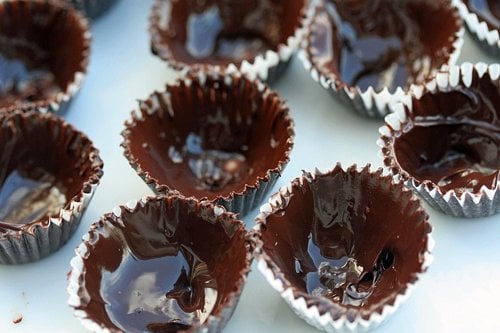
Paris and Chocolate-Related Posts
Why you should use aluminum-free baking powder
Ingredients for American baking in Paris
The Pâtisseries of Paris Guide
10 Insanely Delicious Things You Shouldn’t Miss in Paris
Paris Chocolate & Pastry Shop Archives
